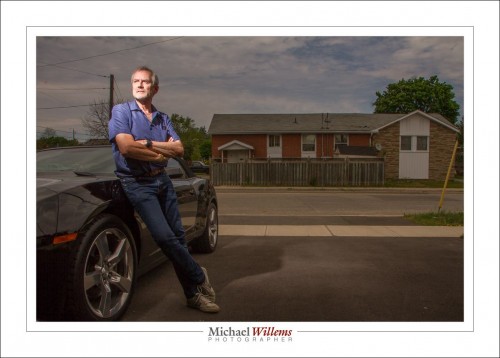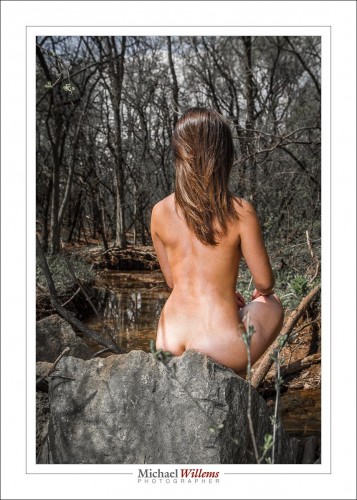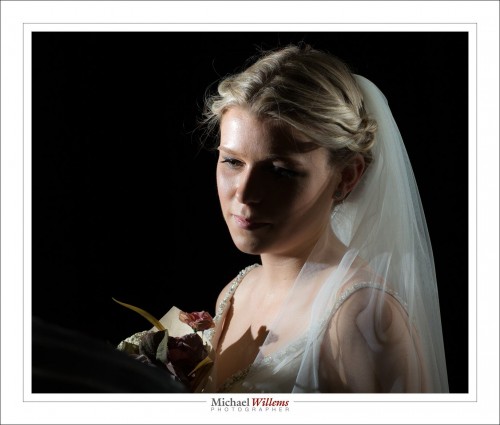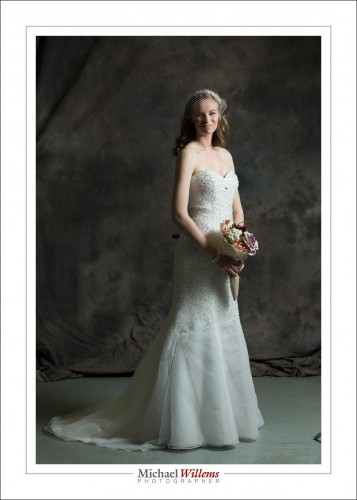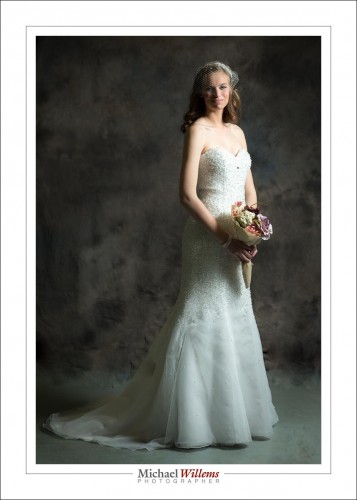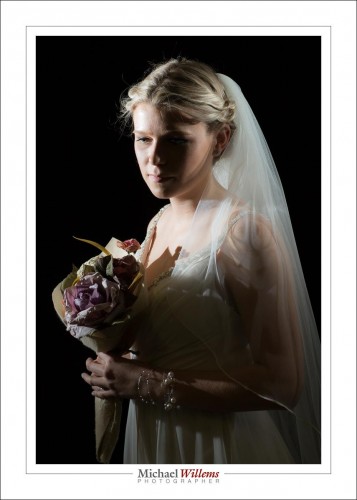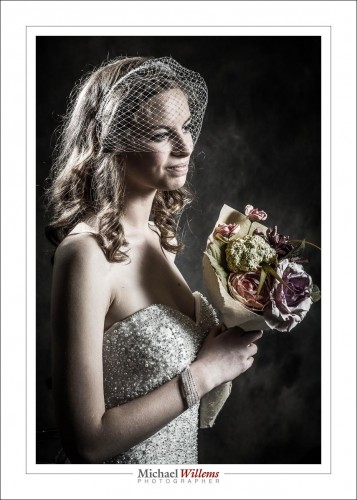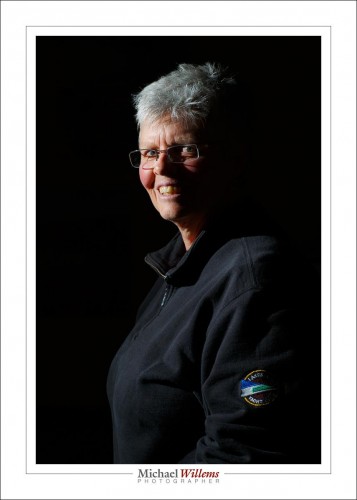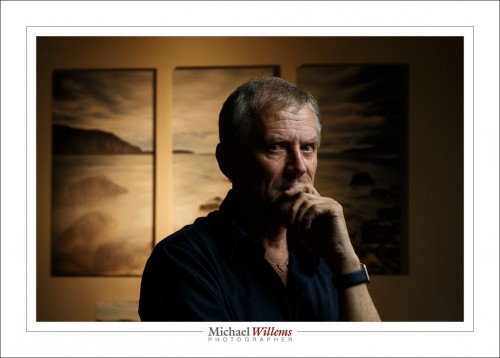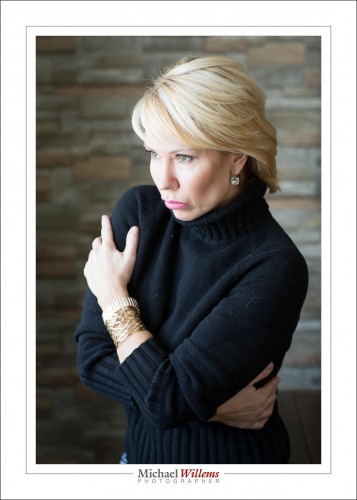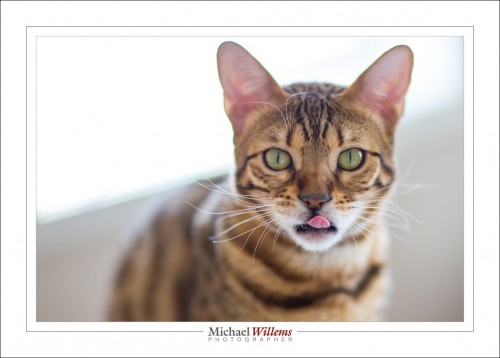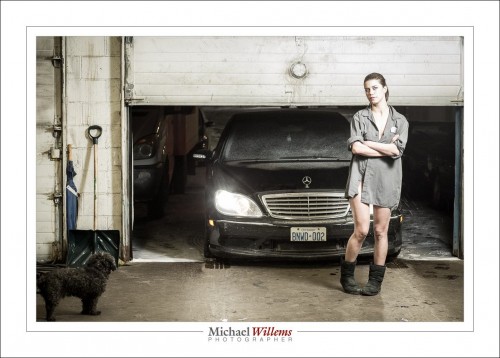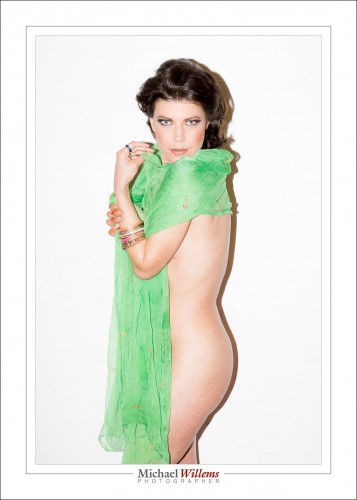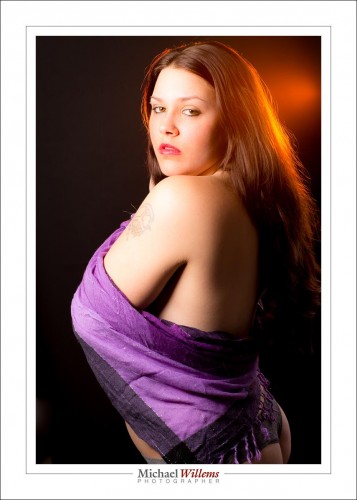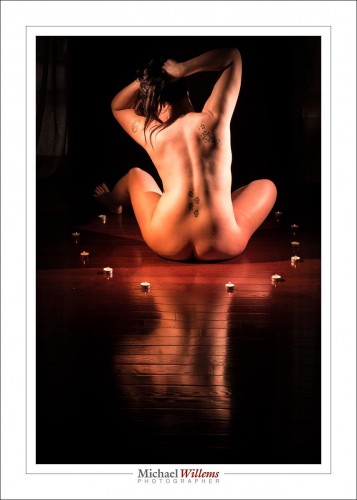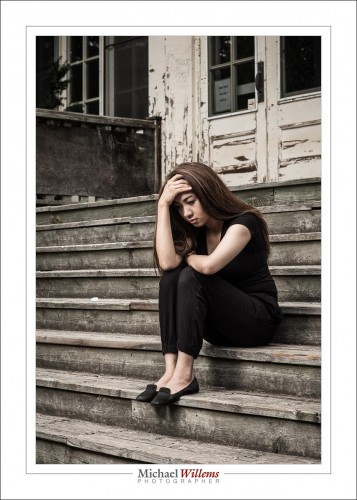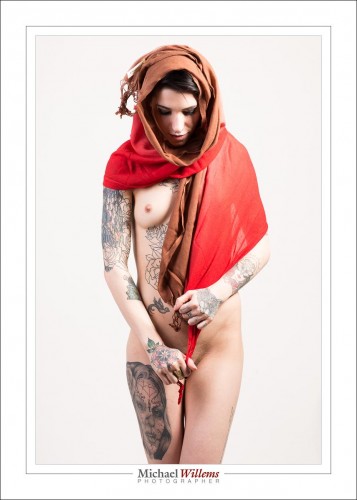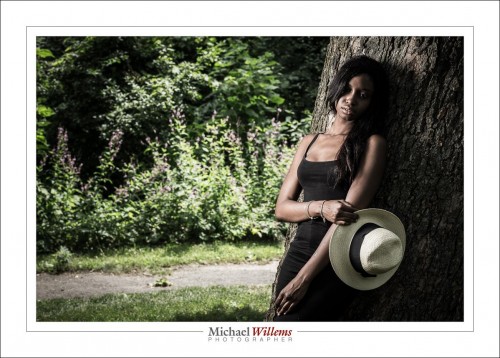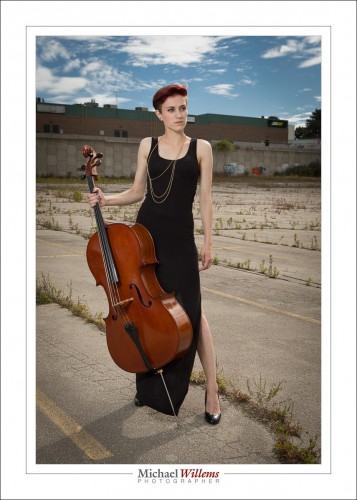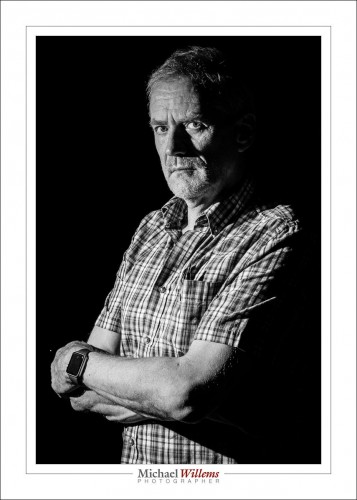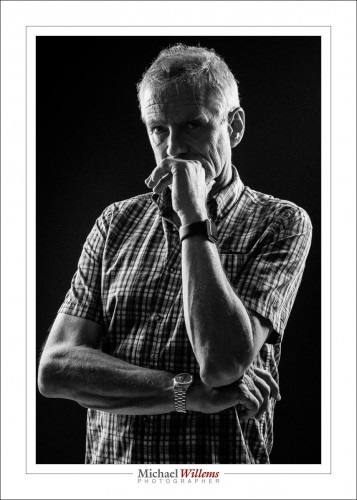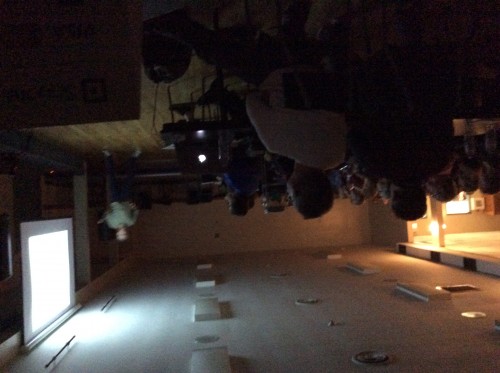On a bright cloudy day today, I looked like this:
Wait. A bright day?
Yes, and that is the point of dramatic flash photos. I taught a workshop today, a hands on workshop, on the three basic modes of flash: “party”, “studio” and “outdoors”. This takes time, and “doing it” is the only way to learn. Today’s two students really learned.
Yes, in a few hours you can master flash. You still, of course, have to practice and refine, but you will do that yourself after the course. Contact me if you are interested in a private “Dutch Masters” course. A few hours and you are master: see http://learning.photography for more details.
In the mean time: one tip to my readers. If you want to be extra dramatic as in the image above, and it is bright, you need a lot of flash to “nuke the sun”. To achieve that, remove the modifiers (e.g. the softbox or umbrella) and use direct flash.
Just one of the things you learn from me, my books, and my courses.

